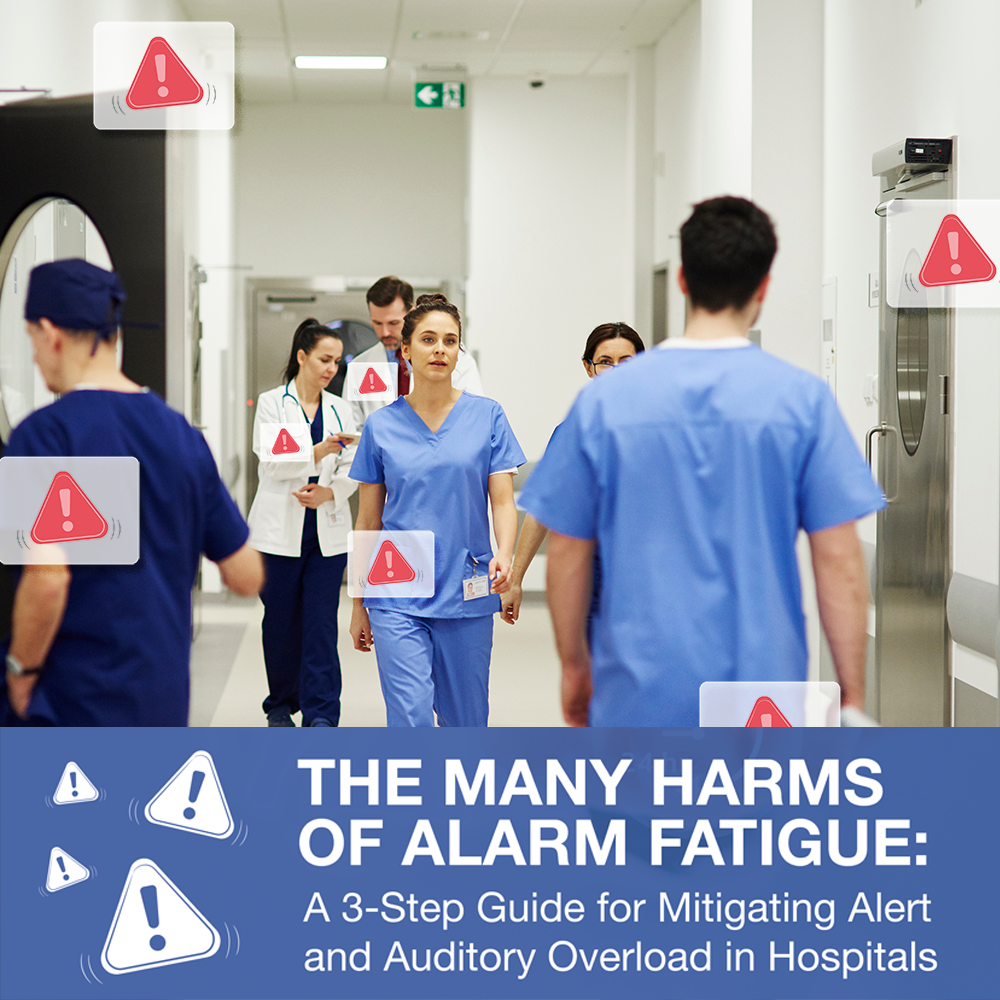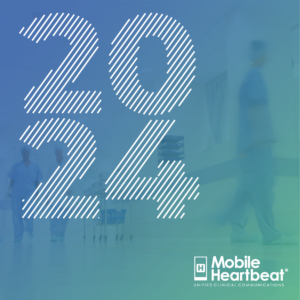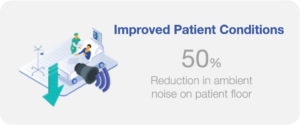Alerts and alarms save lives. But they can also put lives at risk when auditory overload desensitizes clinicians to the buzzes and beeps that matter most.
This is known as “alarm fatigue.” When too many alarms go off, it can cause sensory overload, throw off clinical workflows and compromise care delivery. Barraged with so much noise, some clinicians tune out the sounds, or silence machines so that they’re not so disruptive.
As these risks coincide with worsening burnout, hospitals are looking for opportunities to manage alarm fatigue for safer and more effective clinical workflows.
But with alarms so embedded in hospitals, how can healthcare leaders address alarm fatigue without undercutting the important role alarms play? We recently published an eBook tackling that question.
You’ll want to head to our resources page to download it for free. But in the meantime, here’s a summary of what you’ll find inside.
A 3-Step Process to Improve Your Alerting Strategy
If healthcare leaders are to preempt the fatigue that comes from alerting, they’ll need to refocus efforts around systemic workflows, addressing the cause of alert overload, rather than the symptoms.
By reimagining collaboration and coordination processes, hospitals can improve their alerting strategy so that every beep, buzz, and siren has a clear purpose. Three important principles—alert planning, training and education, and a commitment to improvement—can help facilities get there through alarm stewardship:
1. Plan Your Alert Pathways
Establishing “rules of engagement” for alerts and alarms can ensure every notification warrants the disruption. When configuring alerts in tools such as MH-CURE®, approach them with a rules workflow that maps the following:
- Who? Specify the recipient and when possible, avoid information-only alerts.
- What? Indicate the specific event that warrants an alert.
- When? Define at what point during the event the alert gets sent.
- Where? Designate which channels are best for which alerts.
- Escalation Paths: Outline when unanswered alerts should reroute to someone else.
- Alternatives: Create contingencies if alerts fail to spur action.
- Closure: Enable a way to validate that the alert was acted upon.
Don’t forget governance: Instituting a central mechanism that monitors and maintains alerting is crucial. With good governance, healthcare leaders can address the cognitive burden of any one nurse, as well as control the density of information received over one shift.
2. Provide Training and Education Around Alarm Management
Not only do hospitals need dedicated rules of engagement for alerts, but they also need to communicate that those rules exist. Ensure that all users of any alerting system understand that communications must be actionable, with clear steps that are easily understood by the recipient.
When possible, document your organization’s alarm and alert expectations, and review them often with clinicians. Make responsible alarms a tenet of everyday practice, training, and operations. And remind users of the stakes if those best practices aren’t followed—from patient safety impacts to added frustrations for clinicians.
3. Measure, Optimize, and Improve Alerting Processes
Continuous improvement requires not only a well-defined alerting plan, but also a well-defined measurement strategy with the requisite data analysis and user feedback. In that measurement approach, consider these factors:
- Performance data, such as overall reductions in alerting events. While not a complete indicator of a successful alarm program, having fewer alerts can be a good sign that efforts are on the right track.
- Engagement data, such as user response counts and perceptions of usefulness. A high engagement rate may indicate alerts are more purposeful and action-oriented.
- Workflow observations, such as anecdotal insights or surveys from clinicians. Ask, for example, whether users feel that alerting overload has lessened with the new plan.
Above all, instill an open and willing spirit of collecting feedback and doing better. If clinician users and other staff feel their inputs contribute to the greater good, they’ll be more inclined to offer suggestions, perspectives, and opportunities you might not have considered.
Where to Go From Here
Alarm stewardship can go a long way in reducing alarm fatigue. If you’re considering such an undertaking, remember to get field input from clinicians and institute a continuous improvement process. Dedicating enough planning around alerting pathways, education, and measurement are essential steps.
If you need help getting started, reach out to Mobile Heartbeat to see how MH-CURE can support your facility’s alarm stewardship goals without compromising the lifesaving value alerting brings.
There’s more to learn! This was just a sneak peek of our newest eBook. Get the full resource here.




